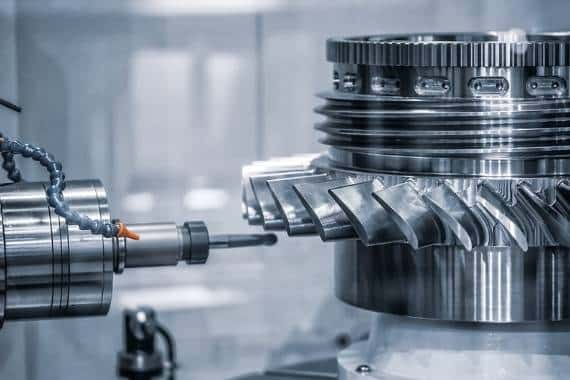
What Files Do CNC Machines Use? A Comprehensive Guide
CNC machines have revolutionized the world of manufacturing with their unparalleled precision and efficiency. They have become indispensable tools in various industries, including rapid prototyping and product development. One crucial aspect of utilizing CNC machines effectively is understanding the files they require for operation. In this comprehensive guide, I will walk you through the different file types utilized by CNC machines, their importance, and how they contribute to the manufacturing process.
Importance of File Compatibility
Before delving into the specific file types, it is crucial to understand the importance of file compatibility in CNC machining. CNC machines operate based on precise instructions, and the files provided to them must accurately convey those instructions. When utilizing CNC machines, it is necessary to ensure that the file formats used match the machine’s capabilities and requirements.
Incorrect file compatibility may result in errors, flawed products, or complete failures. Therefore, it is vital to have a firm grasp of the various file types that can be used with CNC machines to optimize productivity and prevent any issues along the manufacturing process.
1. DXF – Drawing Exchange Format
DXF files, short for Drawing Exchange Format, are one of the most widely used file types in CNC machining. Developed by Autodesk, DXF files allow for the exchange of 2D drawings between different CAD software platforms. They provide crucial geometric information such as dimensions, shapes, and annotations needed for CNC machines to properly interpret the design.
Moreover, DXF files can be extensively edited and modified, making them versatile and flexible in the manufacturing process. They play a pivotal role in creating precise paths and tool selection for CNC machines, ensuring accurate replication of the desired design.
2. DWG – Drawing
Similar to DXF files, DWG (or Drawing) files are essential components in CNC machining. Developed by Autodesk, these files are commonly used for designing and documenting 2D or 3D models. Unlike DXF files, DWG files possess additional functionalities and compatibility with various CAD software systems.
DWG files excel in preserving 3D product data, allowing CNC machines to process complex designs more efficiently. Their compatibility extends to both prototyping and complex object production, making them an invaluable asset in the manufacturing industry.
3. STL – Standard Tessellation Language
STL files, known as Standard Tessellation Language, have become a standard format for 3D printing and CNC machining due to their prevalence in design and modeling software. This file format represents geometrical data by approximating the target object via triangular pyramids.
The simplicity of STL files allows for easier integration with CNC machines, as they only require a closed mesh of interconnecting triangles. While STL files lack the intricate detailing available in DXF or DWG files, they prove highly effective when dealing with complex 3D shapes in manufacturing processes, such as rapid prototyping or intricate parts replication.
4. G-Code
G-Code files are the gold standard of CNC machine instructions. Derived from industrial control systems, G-Code provides the exact sequential instructions necessary for CNC machines to produce the desired design. G-Code controls factors like tool speed, directions, and depths to ensure optimum performance and accuracy.
G-Code files are typically generated within dedicated CAM (Computer-Aided Manufacturing) software, using the aforementioned file formats as inputs. CNC machines universally accept G-Code files, making them the ultimate command language in the manufacturing industry.
Conclusion
In conclusion, understanding the files utilized by CNC machines is essential for anyone involved in the manufacturing and rapid prototyping process. Whether it’s DXF files for 2D drawings, DWG files for intricate designs, STL files for 3D modeling, or the all-encompassing G-Code files, each file type plays a significant role in ensuring the CNC machine’s optimal performance and the creation of precise, high-quality products.
As an expert in the field of CNC machining and rapid prototyping, I have witnessed the undeniable impact of these file types on improving manufacturing processes. By employing the appropriate file types and having a comprehensive knowledge of their compatibility and functionalities, manufacturers can unlock the full potential of CNC machines, paving the way for innovation and productive manufacturing outcomes.
XTJ is a leading OEM Manufacturer that is dedicated to providing one-stop manufacturing solutions of Auto Parts from prototype to production. We are proud to be an ISO 9001 certified system quality management company and we are determined to create value in every customer relationship. We do that through collaboration, innovation, process improvements, and exceptional workmanship.lication: Automotive industry, Bicycle and motorcycle, Door and windows and furniture, Household appliance, Gas meter, Power tool,LED lighting, Medical instrument parts, ect.

